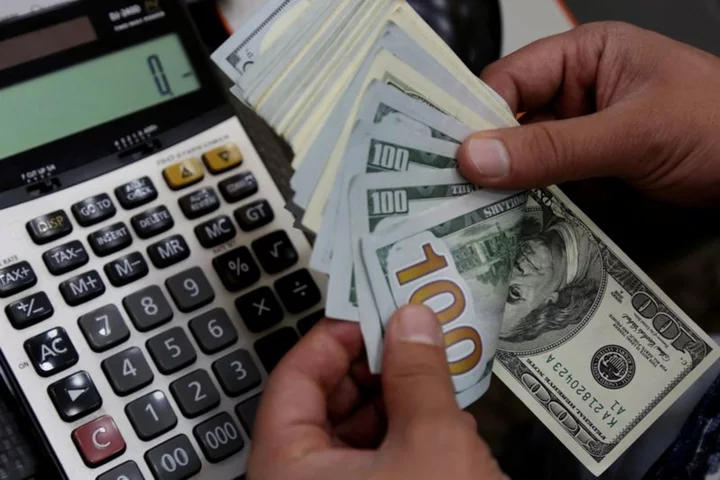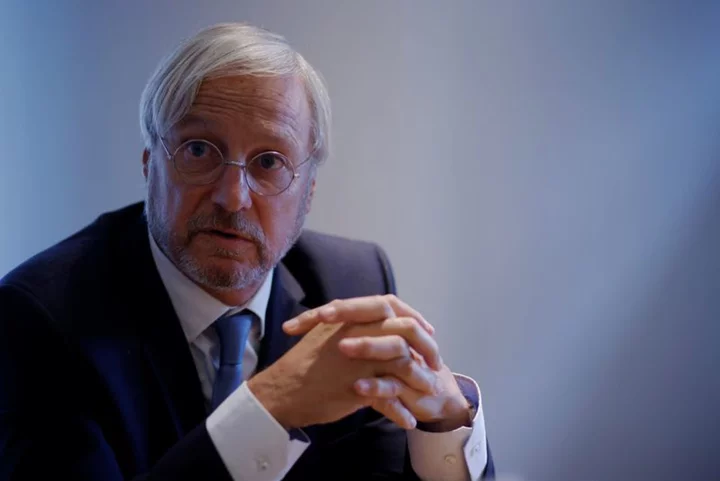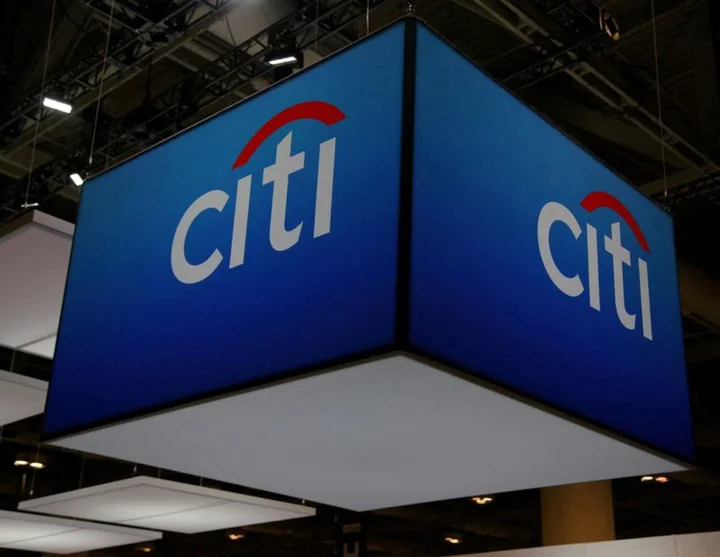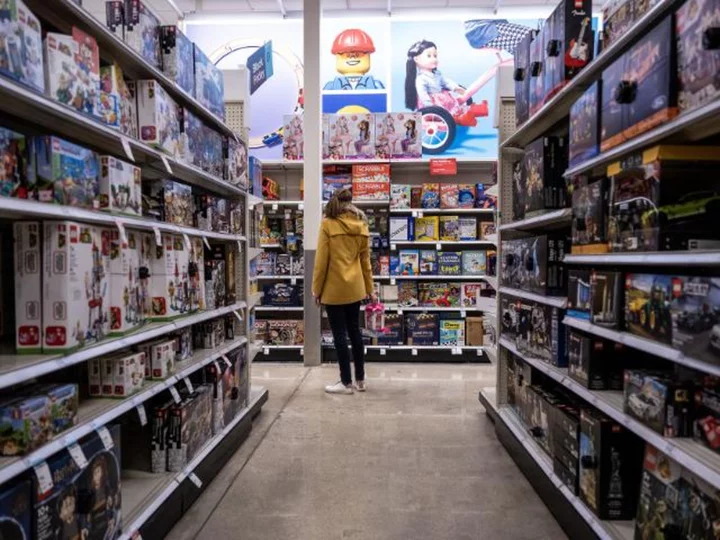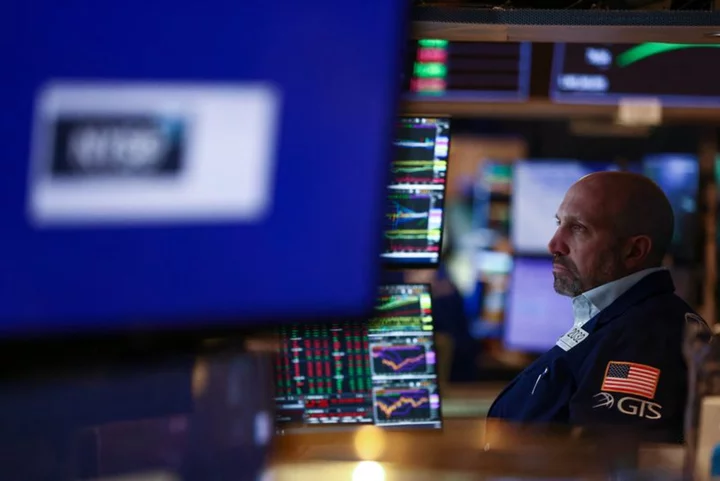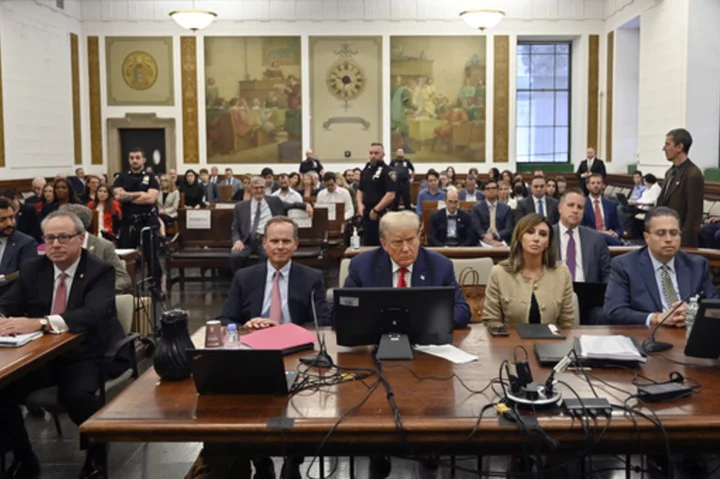By Michael S. Derby
NEW YORK Federal Reserve Bank of New York President John Williams said Friday the central bank may be done with rate rises as inflation pressures, while still elevated, are moving back toward the official 2% target.
“My current assessment is that we are at, or near, the peak level of the target range for the federal funds rate,” Williams said in a speech text. “I expect we will need to maintain a restrictive stance of monetary policy for some time to fully restore balance to demand and supply and bring inflation back to desired levels.”
But Williams noted that because uncertainty about the future remains high, “our decisions, as always, will be guided by the data, with our eyes squarely on our goals.”
Williams’ comments were his first since last week’s Federal Open Market Committee meeting, when officials maintained their overnight target rate range at between 5.25% and 5.5%, while penciling in one more hike before the year ends.
At that meeting, officials also marked up growth and employment forecasts, and suggested they’d keep rates higher for longer compared to their last round of formal projections in June.
Fed officials have been able to decelerate what had been a very aggressive campaign of rate rises due to cooling inflation pressures over recent month.
On Friday, the government reported the core personal consumption expenditures price index, which is stripped of food and energy costs, rose by 3.9% in August versus the same month a year ago, from July’s 4.3% increase. The year-over-year increase in the overall PCE price index stood at 3.5%, from July’s 3.4% increase.
“Although inflation has come down from the peak reached last year, it is still too high,” Williams said, adding “price stability is the bedrock upon which our economic prosperity and stability stands.”
Williams said in his remarks he expects to be "closing in" on 2% inflation in 2025. This year he said it will stand at 3.25%, falling to 2.5% next year.
On the hiring front, the central banker said the labor sector is coming into better balance. Compared with the current 3.8% unemployment rate, he believes the jobless rate will rise to a little over 4% next year. On the growth front he said he sees the gross domestic product at 1.25% next year.
(Reporting by Michael S. Derby; Editing by Andrew Heavens)

